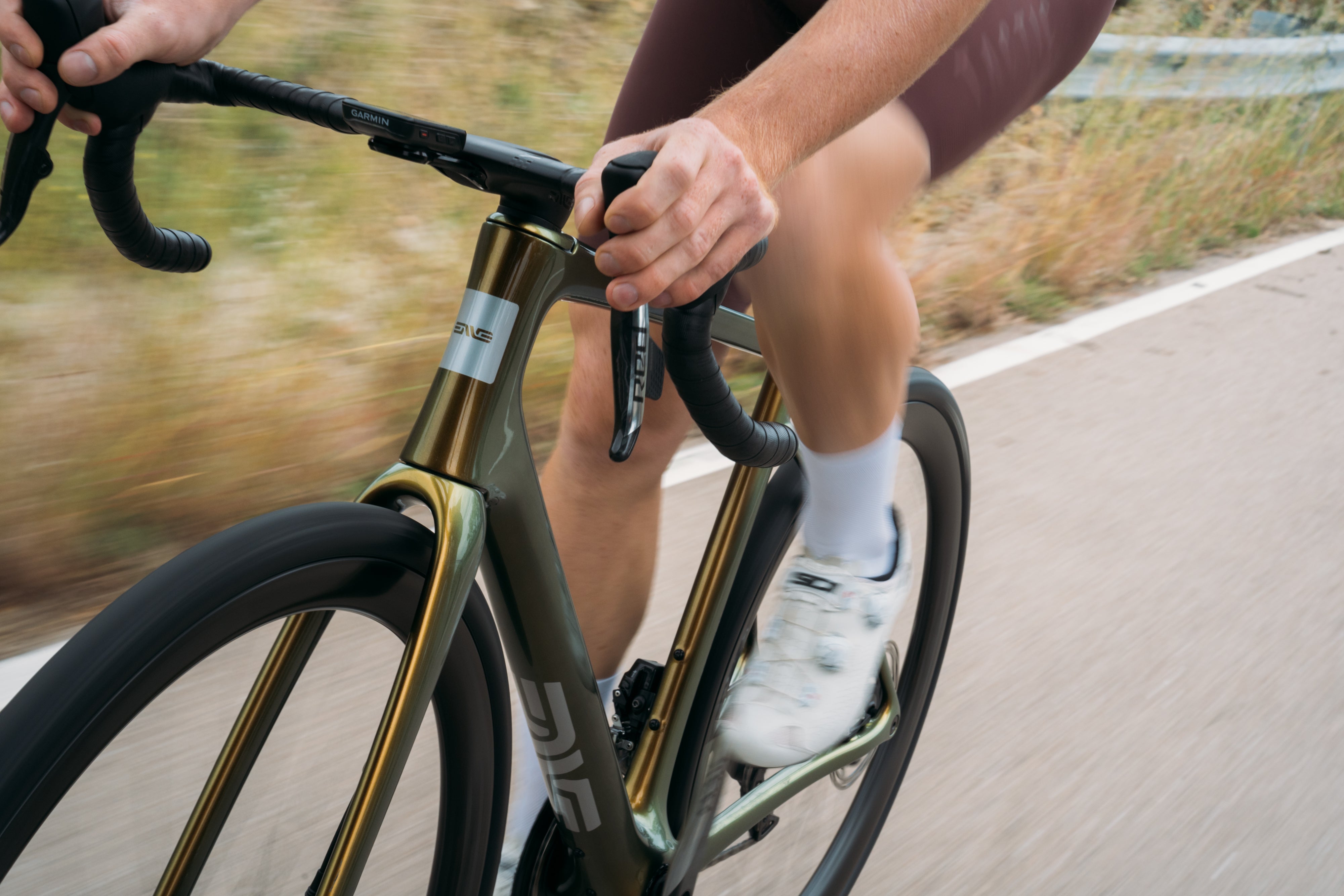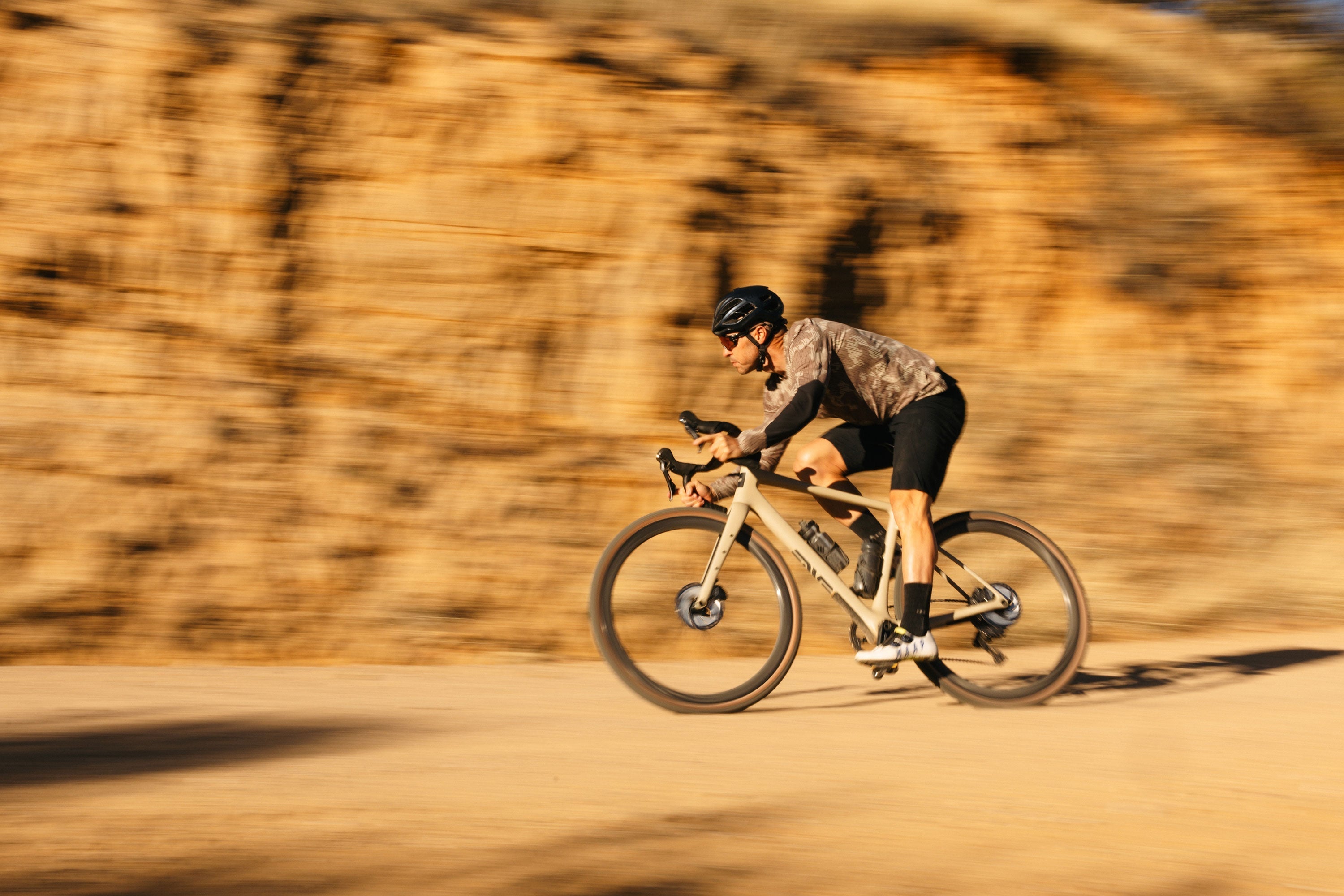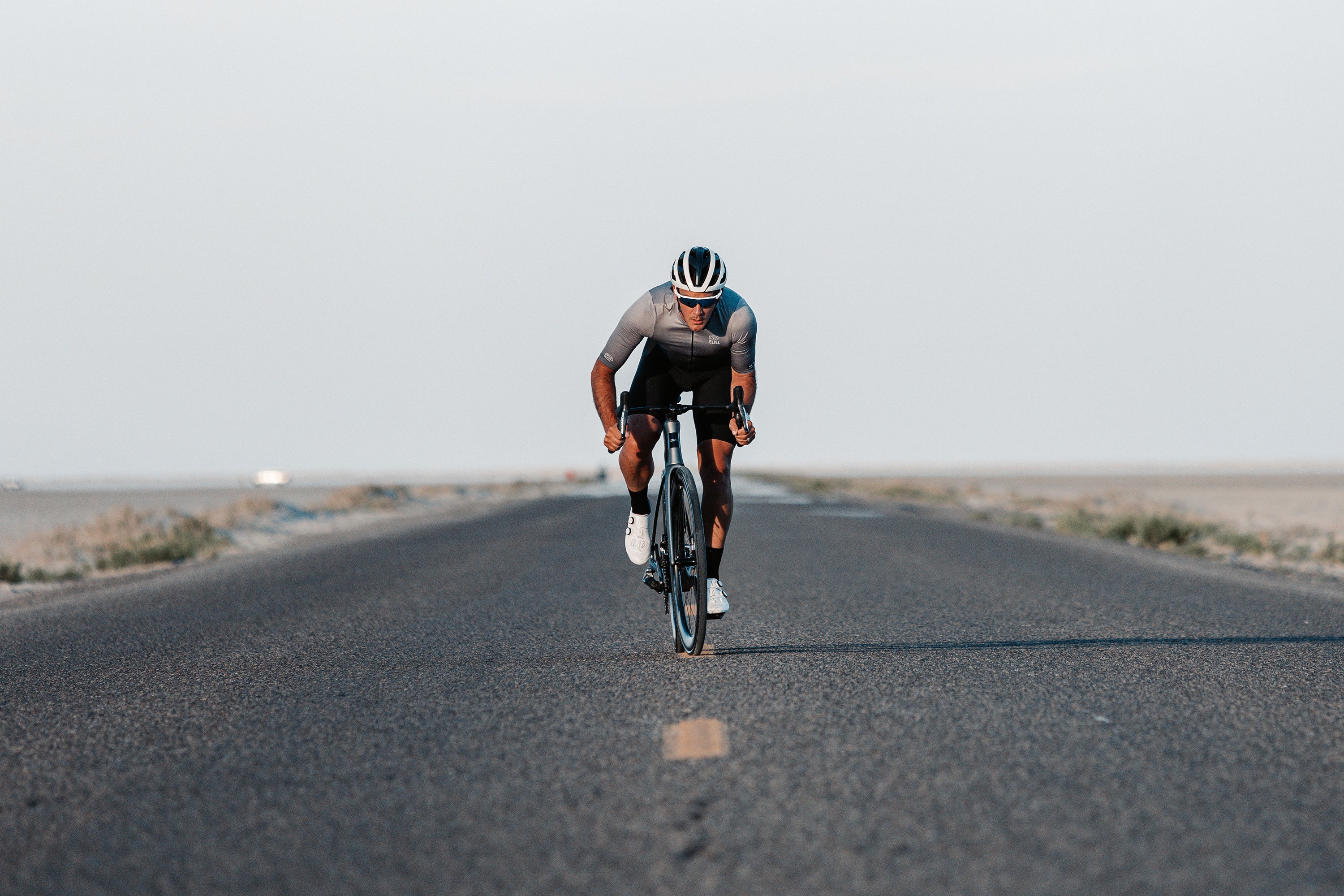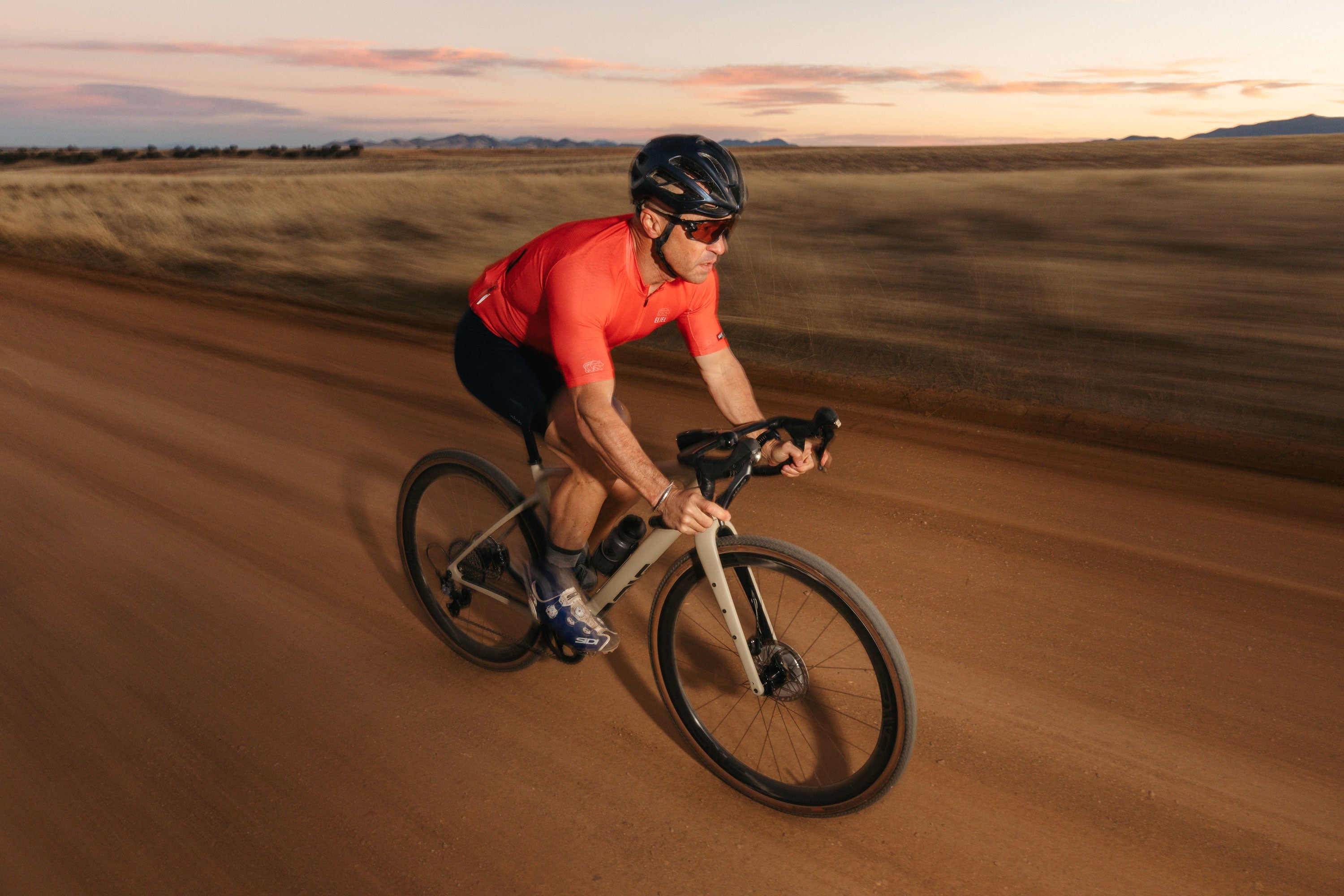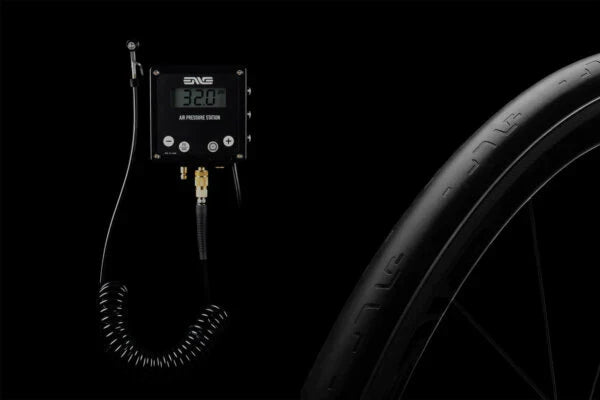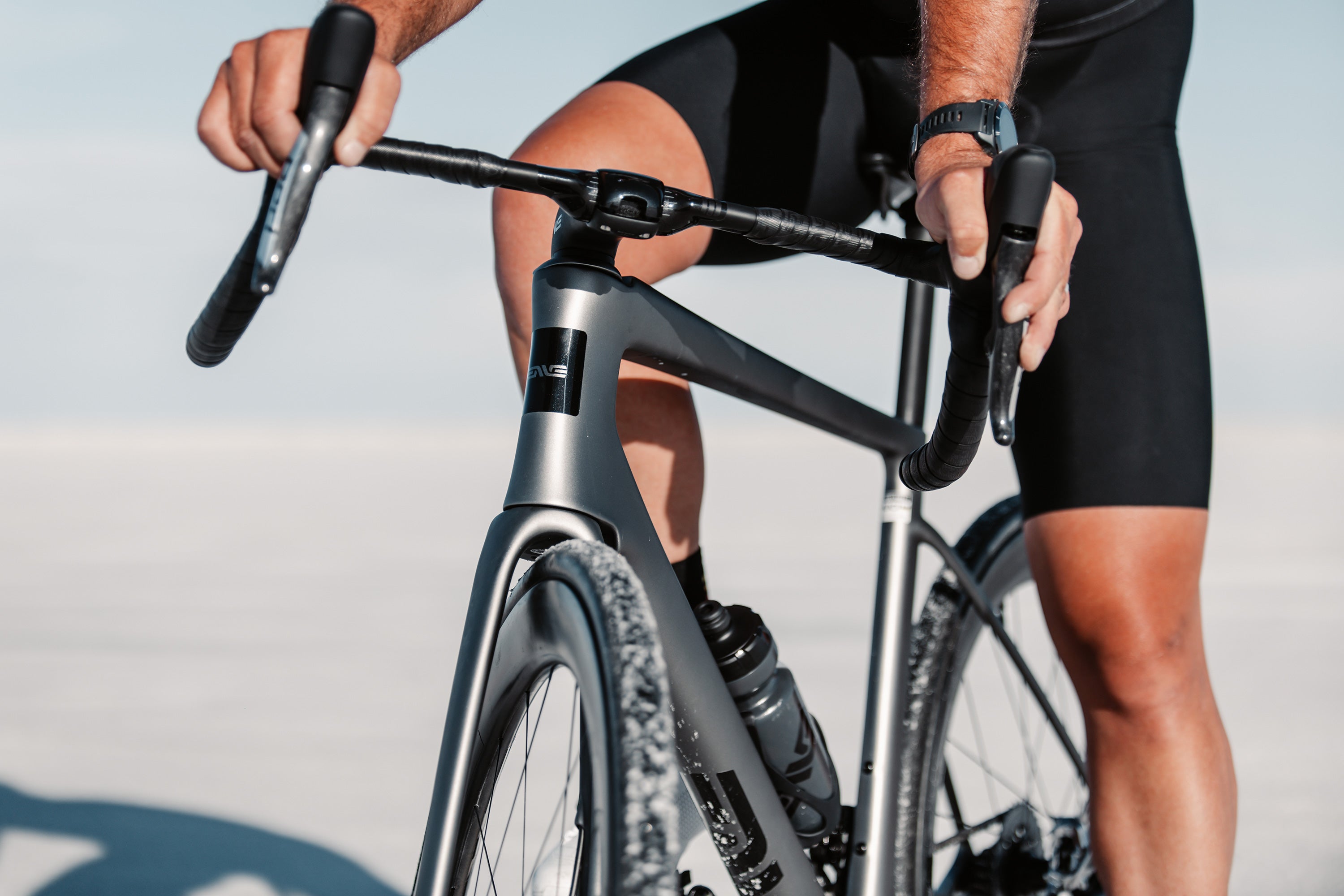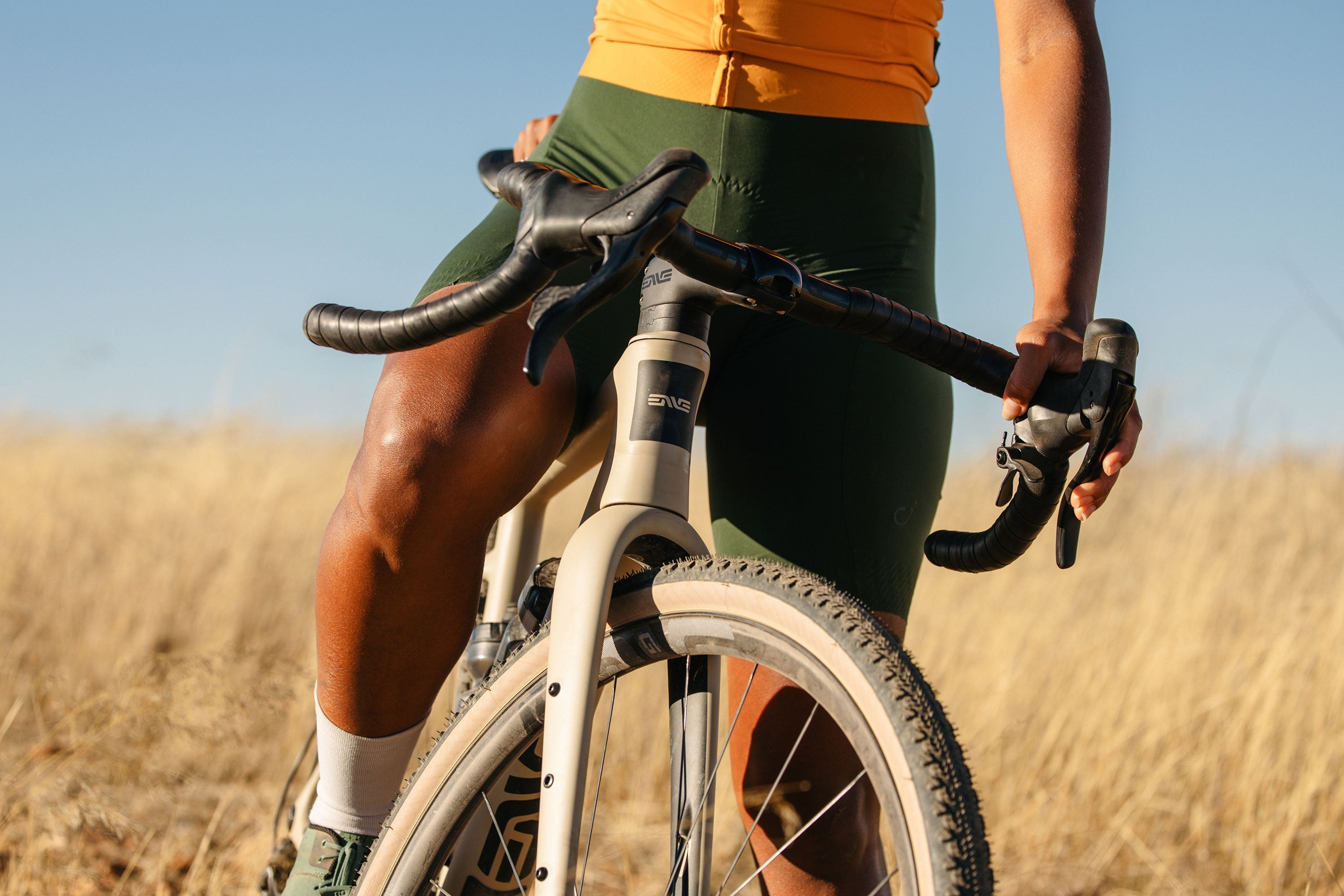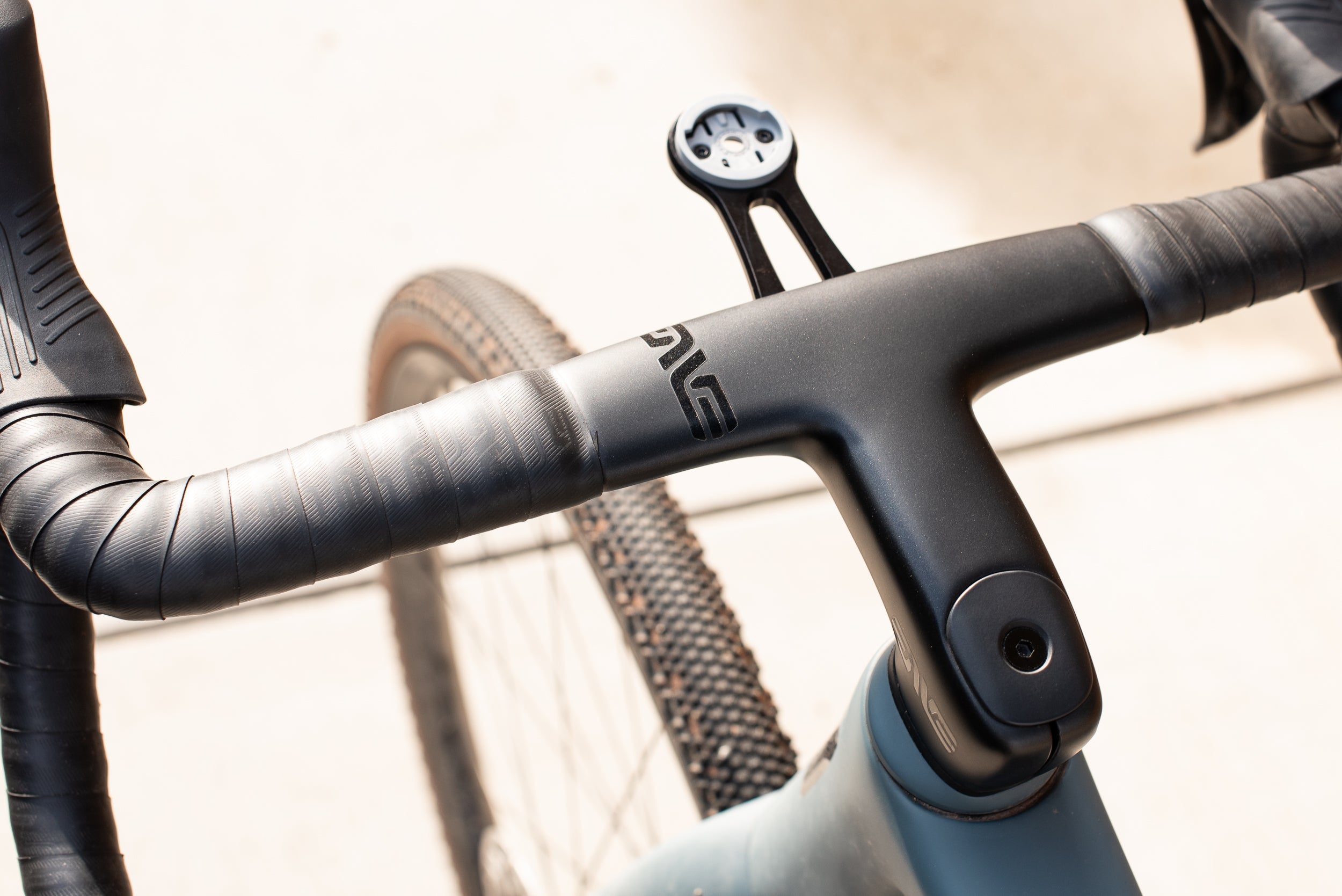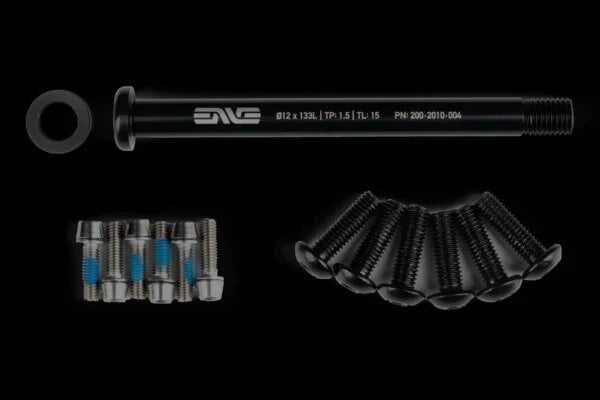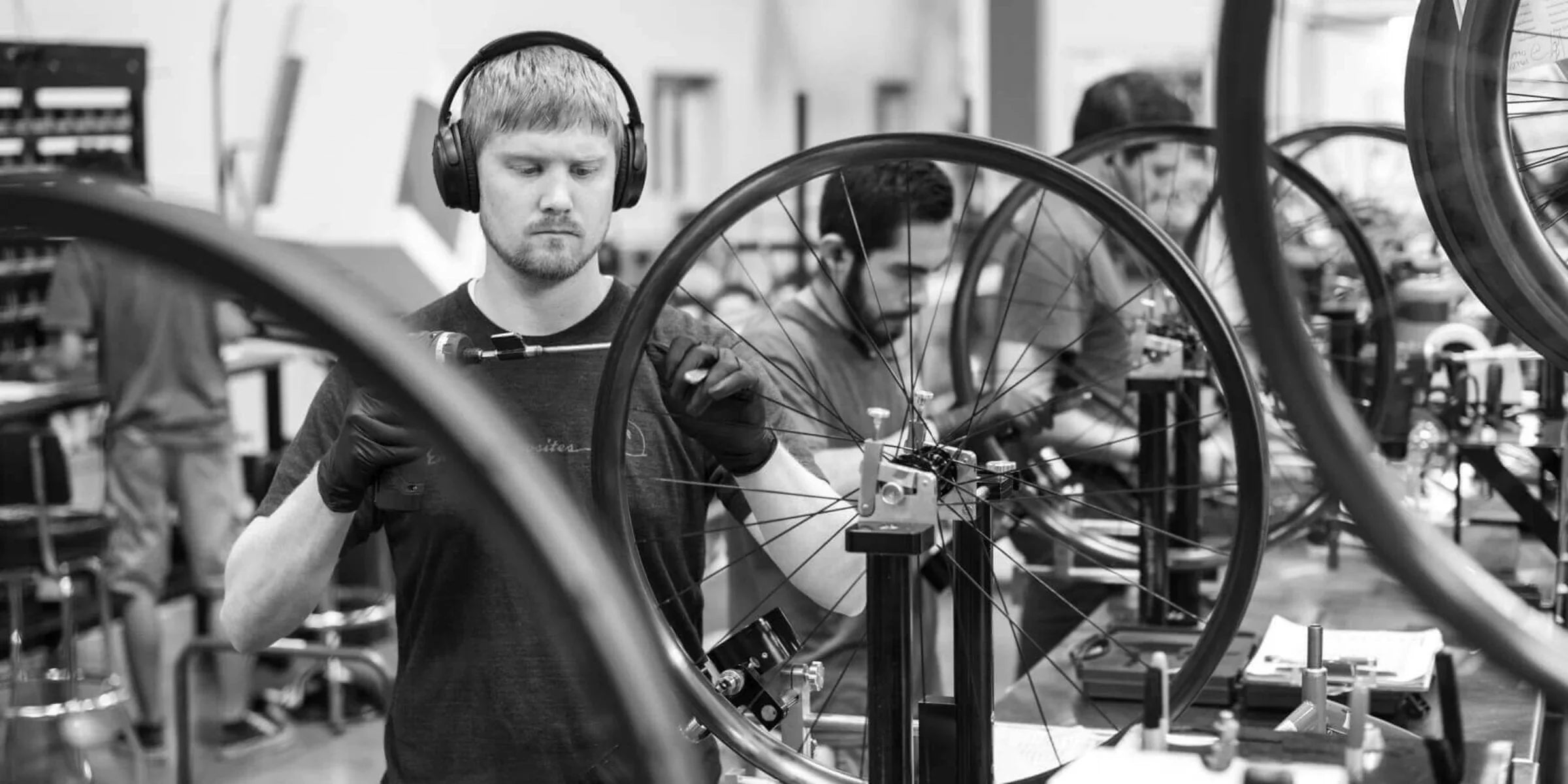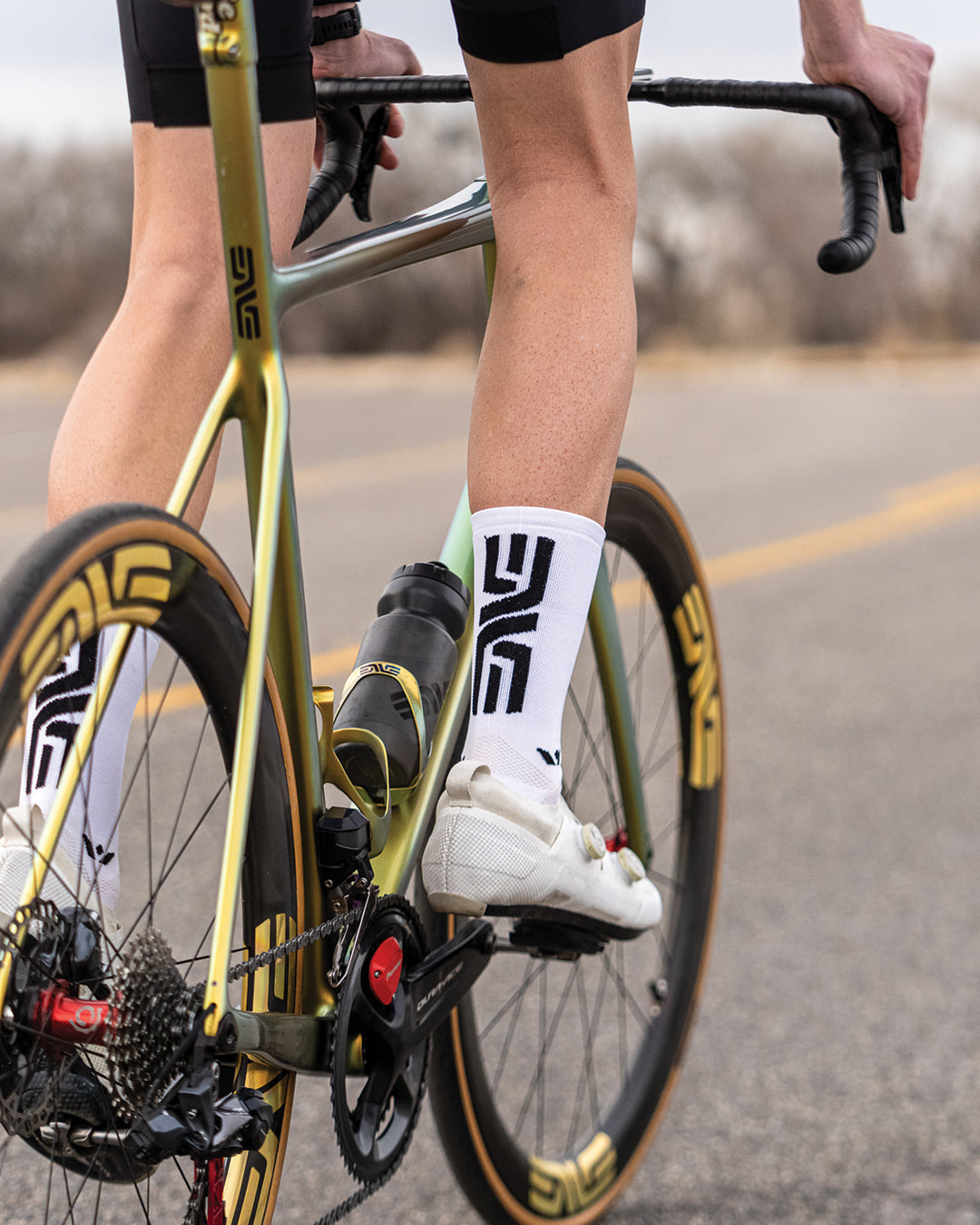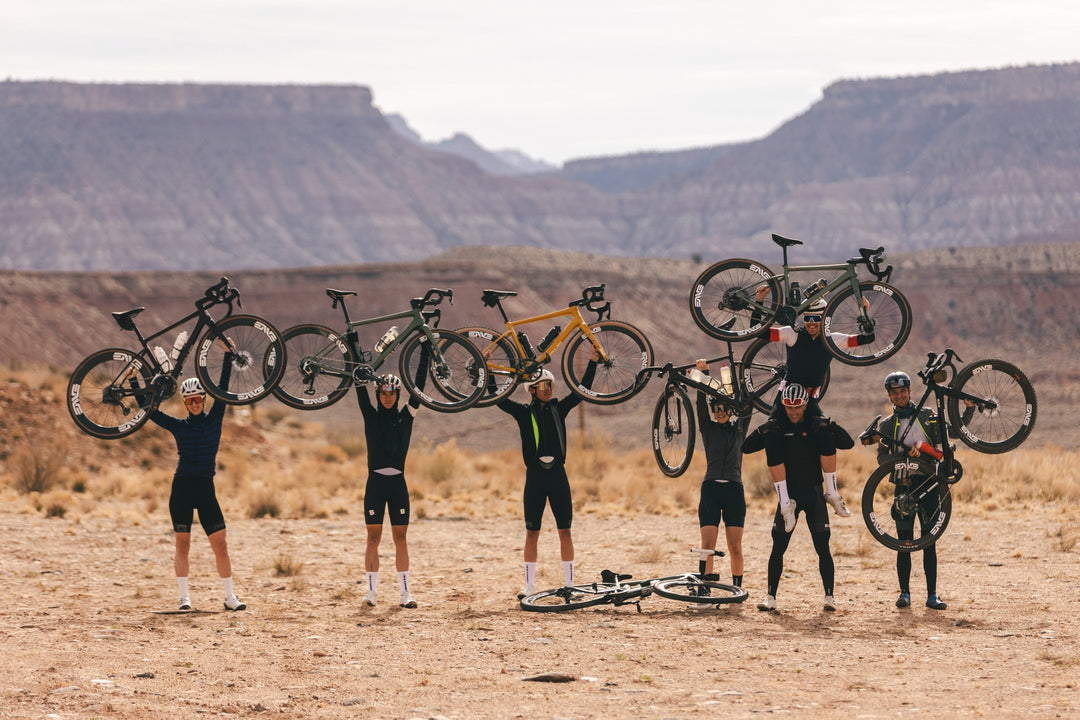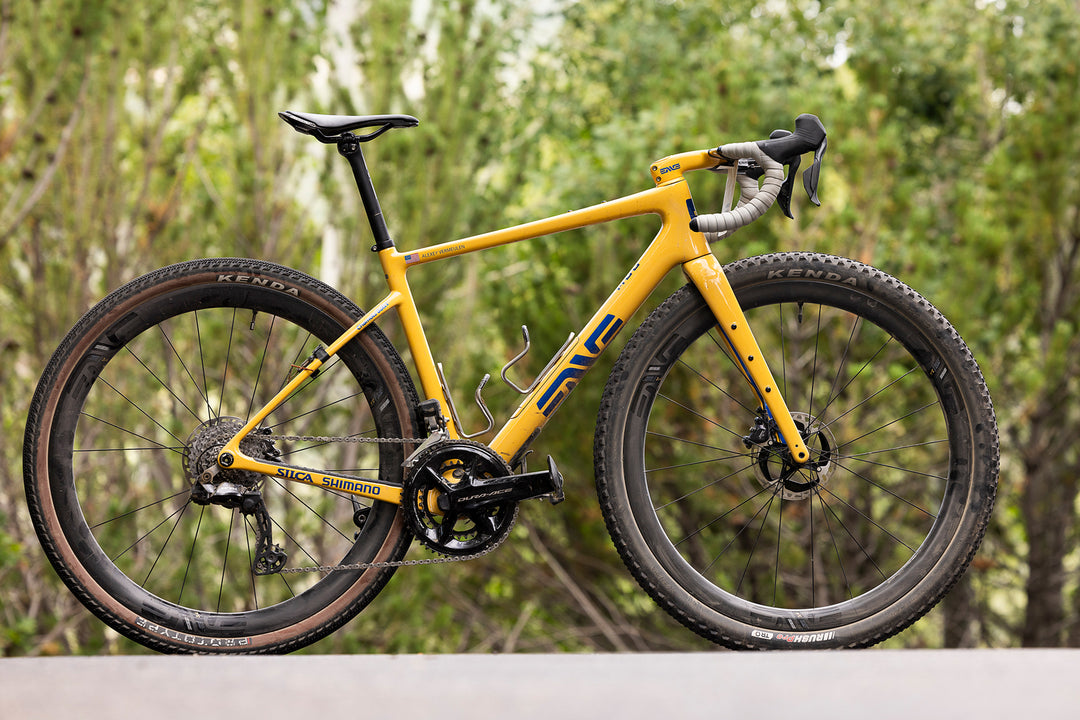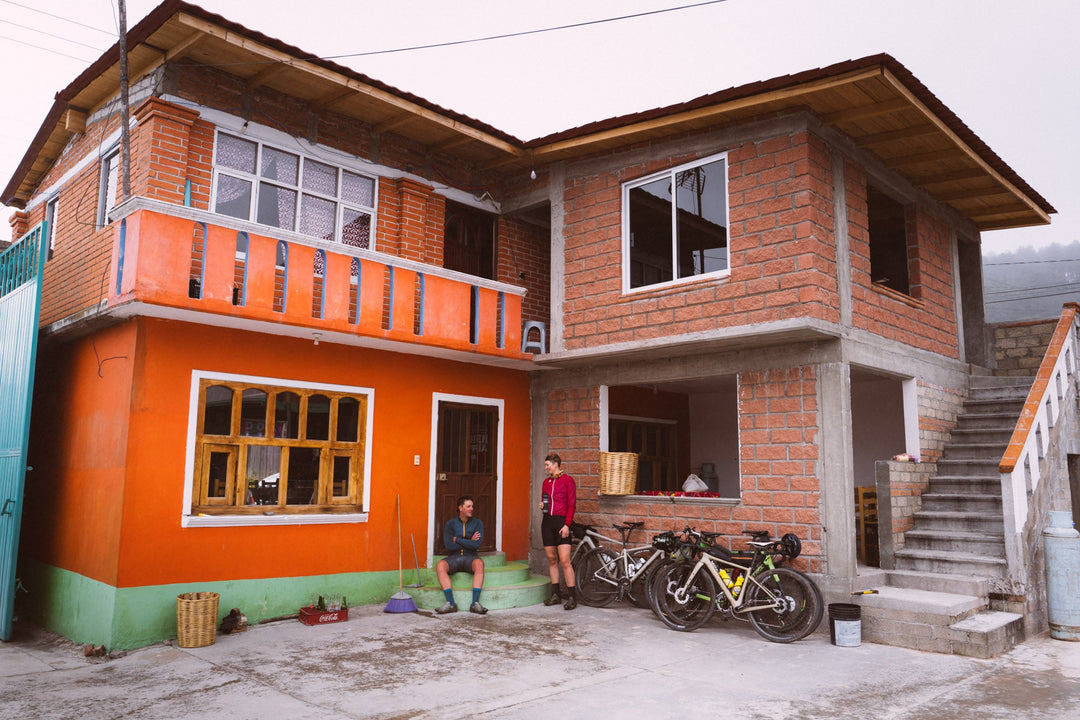Endurance Race Nutrition by Allen Lim
ENDURANCE RACE NUTRITION BY ALLEN LIM
APRIL 21ST, 2015
By Allen Lim, P.hD and Founder of Skratch Labs
At Skratch Labs, we believe in taking complex things and making them simple, rather than taking simple things and making them complex. So instead of relying on pre-packaged products with a lot of pseudo-science claims, we encourage athletes to start with a foundation of real food to fuel to nourish their bodies and minds.
Managing nutrition over an endurance race can be complex and intimidating. Not only is figuring out what to eat, when to eat, and how to eat logistically demanding, small mistakes with nutrition can have dire consequences.
As a result, many approach nutrition in prolonged endurance events by taking a reductionist viewpoint – deconstructing their food into macronutrients like carbohydrates, proteins, fats and the total calories needed. While this is certainly a logical approach, where it fails is when people fixate on parts of food rather than the actual food itself.
This is most evident when athletes use high calorie liquid or semi-solid fuels, thinking that having a deconstructed fuel source will be easier to digest and absorb. While this certainly works for some, in the majority of riders, trying to fast track normal digestion can lead to severe gastrointestinal (GI) distress.

What this means in the context of an endurance race
For longer events rather than trying to outsmart the digestive process, we’ve found that finding a way for the process to occur as naturally as possible works best.
This means, using real and solid foods for energy that actually take more time for digestion, creating a slower but steadier gastric emptying rate. At the same time, a low sugar drink mix (4 g/100 ml or less) with ample sodium (700-1000 mg Na/L) can be used to optimize hydration. When temperatures are cold, more of a priority can be placed on food than water. In contrast, when temperatures are hot, even at a low sugar concentration, the higher volume of water and electrolyte replacement will increase the calories from drink mix, decreasing the amount of food needed.
Ultimately, we believe that keeping digestion in the picture works best, letting the stomach behave as a natural reservoir for real food creating a consistent and steady flow of energy that does not overwhelm the small intestine or gut. Likewise, using low sugar and higher sodium drink mixes maximizes hydration by minimizing the load on the gut.
Practically speaking, we have found that simple foods like boiled potatoes with a little olive oil, salt, and parmesan cheese or sushi rice cakes filled with either sweet or savory fillings do a great job. Even a cookie with minimal ingredients can work great over the course of a long event. Some of our favorite recipes can be found in the Feed Zone Portables Cookbook. That said, what we eat is a personal choice. So big picture, think about the nutrition that you’re packing for an endurance race and ask yourself if you’d enjoy eating those same things if you were trying to stay awake on the couch for that same time period. If the answer is no or that you think those foods might make you sick when you’re not pushing your body to its limits, then rethink what you’re eating for when you are pushing the envelope on your personal performance.
The bigger problem, however, is that taking the time to prepare and stock enough food for the entirety of an event is hard. Unfortunately, few things are easy when it comes to doing events of this nature and the extra investment in terms of time, equipment, and support crew to make this happen may be the real difference between success and failure. Our sense of it is that if we’re going to go through all of the hard work and training to finish a long race, we’re going to go all in to make sure we’re prepping great food for the event as well.
While pre-packaged foods do make things much more convenient, realize that easier is not always better. That said, if you do chose to use liquid or deconstructed nutrition, remember that this may remove the stomach as a natural buffer in the digestive process. So it’s really important to be even more diligent with the timing and delivery of these products. This means eating and drinking in smaller amounts more frequently will be key to preventing a sudden load that might lead to GI-distress.
Eating and drinking consistently throughout the event is key regardless of the foods you choose. This means not waiting until you’re starving to eat or completely parched before you drink is critical. This also means that it’s okay and often important to occasionally just stop and get off the bike to eat, drink, and digest a little before getting back on the saddle. That little bit of time can be all the difference between actually finishing and not making it.

Where it goes wrong:
Because digestion in the stomach ultimately leads to the creation of a liquid called chyme, liquid or semi-solid nutrition is often used in endurance sports as a way to speed up the gastric emptying rate, decreasing the demands of digestion in the stomach and ensuring more precise control of one’s nutrient profile.
While liquid or deconstructed nutrition is a good idea in theory, for many, this can lead to more problems than it solves. This is especially true when the rate of gastric emptying is much faster than the rate of intestinal absorption. When this happens, the gut can’t keep pace with the entrance of chyme and becomes the new bottleneck resulting in bloating and GI-distress often referred to as “gut rot.” As an analogy, the stomach is like a traffic light that meters the movement of cars onto a highway. If too many cars get past that light too fast, the risk is a traffic jam on the highway rather than faster travel times. Ultimately, the irony is that by trying to speed up the natural process of digestion, the balance between the stomach’s role as a reservoir for digested food, and the intestine as the gateway for food into the body can be severely disrupted.
Another problem is that highly concentrated solutions can impede proper hydration since the active transport of nutrients must take place before water can be absorbed. In some cases, when active transport is acutely overwhelmed, water can actually move from inside the body into the gut via osmosis causing severe bloating and/or diarrhea. This problem can be exacerbated by both liquid and solid food products with an excess of chemical ingredients like coloring agents, artificial sweeteners, flavoring agents, emulsifiers, and additional preservatives that aren’t recognized by the small intestine. These agents are termed “non-penetrating” and can accumulate in the gut further perpetuating GI-distress.
While solid food can help these problems from occurring, many energy dense pre-packaged foods are very dry, making them hard to eat, requiring additional moisture for proper digestion, and often full of excess chemicals or synthetic ingredients that can contribute to gut rot. Add to this the fact that many pre-packaged foods intended for endurance sports just aren’t that appetizing only add insult to injury.

What this means in the context of an endurance race
For longer events rather than trying to outsmart the digestive process, we’ve found that finding a way for the process to occur as naturally as possible works best.
This means, using real and solid foods for energy that actually take more time for digestion, creating a slower but steadier gastric emptying rate. At the same time, a low sugar drink mix (4 g/100 ml or less) with ample sodium (700-1000 mg Na/L) can be used to optimize hydration. When temperatures are cold, more of a priority can be placed on food than water. In contrast, when temperatures are hot, even at a low sugar concentration, the higher volume of water and electrolyte replacement will increase the calories from drink mix, decreasing the amount of food needed.
Ultimately, we believe that keeping digestion in the picture works best, letting the stomach behave as a natural reservoir for real food creating a consistent and steady flow of energy that does not overwhelm the small intestine or gut. Likewise, using low sugar and higher sodium drink mixes maximizes hydration by minimizing the load on the gut.
Practically speaking, we have found that simple foods like boiled potatoes with a little olive oil, salt, and parmesan cheese or sushi rice cakes filled with either sweet or savory fillings do a great job. Even a cookie with minimal ingredients can work great over the course of a long event. Some of our favorite recipes can be found in the Feed Zone Portables Cookbook. That said, what we eat is a personal choice. So big picture, think about the nutrition that you’re packing for an endurance race and ask yourself if you’d enjoy eating those same things if you were trying to stay awake on the couch for that same time period. If the answer is no or that you think those foods might make you sick when you’re not pushing your body to its limits, then rethink what you’re eating for when you are pushing the envelope on your personal performance.
The bigger problem, however, is that taking the time to prepare and stock enough food for the entirety of an event is hard. Unfortunately, few things are easy when it comes to doing events of this nature and the extra investment in terms of time, equipment, and support crew to make this happen may be the real difference between success and failure. Our sense of it is that if we’re going to go through all of the hard work and training to finish a long race, we’re going to go all in to make sure we’re prepping great food for the event as well.
While pre-packaged foods do make things much more convenient, realize that easier is not always better. That said, if you do chose to use liquid or deconstructed nutrition, remember that this may remove the stomach as a natural buffer in the digestive process. So it’s really important to be even more diligent with the timing and delivery of these products. This means eating and drinking in smaller amounts more frequently will be key to preventing a sudden load that might lead to GI-distress.
Eating and drinking consistently throughout the event is key regardless of the foods you choose. This means not waiting until you’re starving to eat or completely parched before you drink is critical. This also means that it’s okay and often important to occasionally just stop and get off the bike to eat, drink, and digest a little before getting back on the saddle. That little bit of time can be all the difference between actually finishing and not making it.


